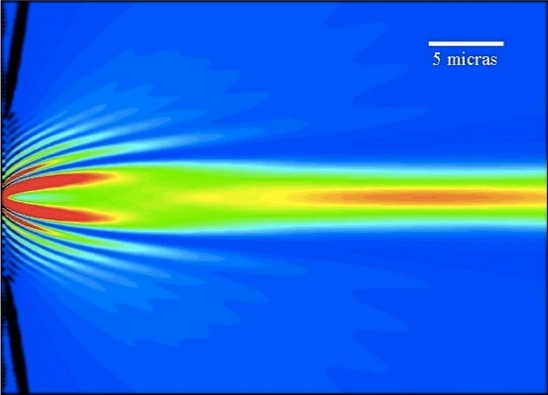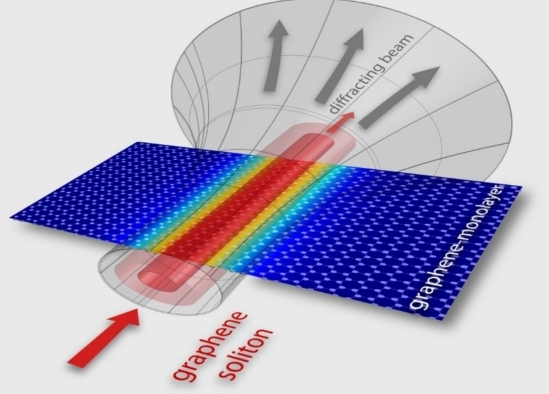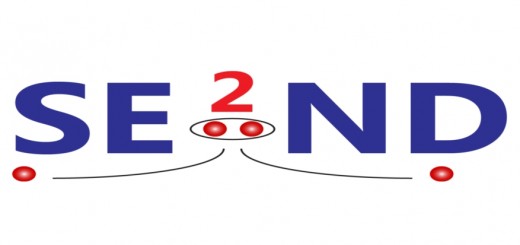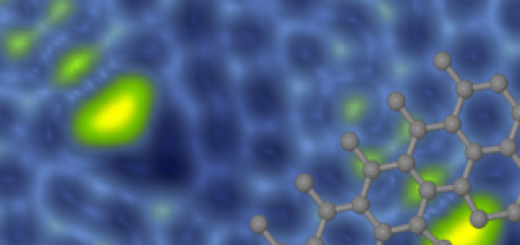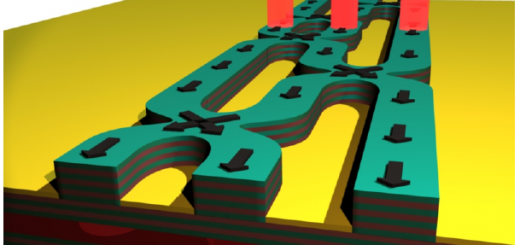PLASMONANOQUANTA – Frontiers in Plasmonics: Transformation Optics, Quantum and Nonlinear Phenomena
Funding agency: European Research Council, ERC-AdG (2011)-290981.
Duration: April 2012-March 2017
Principal Investigator: Francisco J. Garcia-Vidal
Description:
The overall objective of this project is to work in depth along three ground breaking lines of research that are at the cutting edge of the current research in Plasmonics: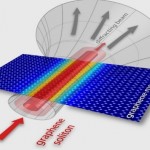
- Non-linear phenomena and Plasmonic lasing: the introduction of optical-gain media into plasmonic waveguides has proven to be a feasible way to overcome the inherent losses within the metal. In order to reveal the physics behind this phenomenon, we intend to develop a new ab-initio theoretical framework that should combine the resolution of classical Maxwell’s equations with a quantum-mechanical treatment of the molecules forming the optical-gain medium. Within this formalism we also aim to analyze in depth very recent proposals of plasmon-based nano-lasers, the design of active devices based on surface plasmons and the use of optical-gain media inmetamaterials.
- Transformation Optics for Plasmonics: we plan to apply the idea of Transformation Optics in connection with the concept of Metamaterials to devise new strategies for molding the propagation of surface plasmons in nanostructured metal surfaces. Additionally, we will use the Transformation Optics formalism to treat quasi-analytically non-local effects in plasmonic structures. These non-local effects are of paramount importance for quantifying the electric field enhancements associated with plasmon excitation.
- Quantum Plasmonics: several aspects of this new line of research are tackled. Among others, fundamental studies of the coherence of surface plasmons that propagate along different metal waveguides after being generated by quantum emitters. A very promising line of research to explore will be plasmon-mediated interaction between qubits, taking advantage of the quasi-one-dimensional character of plasmonic waveguides. Strong-coupling phenomena between molecules and surface plasmons and the design of practical scenarios in which entanglement of surface plasmons could take place will be also addressed.
Read more on PLASMONANOQUANTA’s website.

